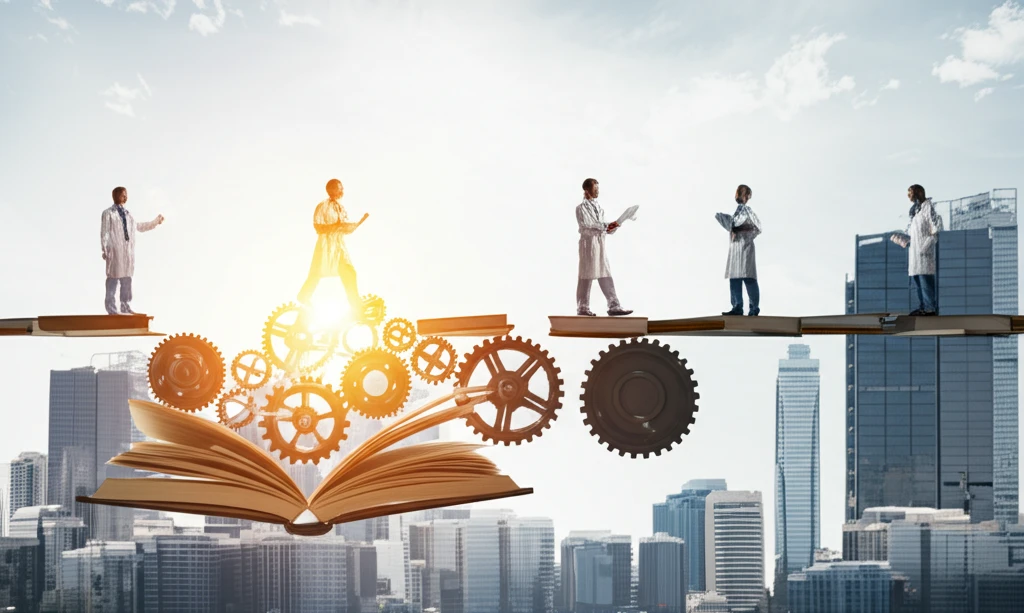
Unlock Team Potential: How 'Learning to Learn' Transforms Integrated Care
"Discover the relational approach to improved collaboration and self-organization in healthcare delivery by cultivating the 'Learning to Learn' (L2L) mindset."
In today's rapidly evolving healthcare landscape, integrated care is no longer a buzzword—it's a necessity. As health and social care systems undergo fundamental shifts, the ability of diverse professional groups to collaborate effectively becomes paramount. Yet, many integration initiatives fall short, leaving professionals feeling siloed and patients underserved.
The key to unlocking the true potential of integrated care lies not just in restructuring organizations, but in fostering a culture of continuous learning. Imagine a healthcare environment where knowledge flows freely, professionals readily adapt to new information, and teams self-organize to meet the ever-changing needs of patients. This is the power of 'Learning to Learn' (L2L).
This approach emphasizes relational dynamics and transformational learning, moving beyond traditional, linear models of integration. It's about equipping healthcare professionals with the tools and mindset to navigate complexity, break down cognitive and social barriers, and ultimately, deliver more effective and patient-centered care. Let's explore how L2L can revolutionize integrated care delivery, creating a more collaborative, adaptive, and ultimately, successful healthcare system.
What is 'Learning to Learn' and Why Does it Matter?

'Learning to Learn' (L2L) isn't just about acquiring new information; it's about transforming how you learn. It's an ongoing process of relational and transformational learning, empowering individuals to monitor, evaluate, and adapt their thinking. This meta-cognitive ability is critical in complex environments like integrated care, where professionals from diverse backgrounds must constantly adapt to new information and collaborate effectively.
- Breaking Down Silos: L2L fosters open communication and knowledge exchange between different professional groups, dismantling traditional silos.
- Enhancing Collaboration: By developing a shared understanding of different perspectives, L2L promotes more effective teamwork and collaboration.
- Driving Self-Organization: L2L empowers teams to adapt and self-organize in response to changing patient needs and system demands.
- Improving Patient Outcomes: Ultimately, L2L leads to more integrated, patient-centered care, resulting in better health outcomes.
Building a Learning Culture for Better Healthcare
The journey towards integrated care isn't about imposing top-down solutions, but about cultivating a learning culture that empowers professionals to collaborate, adapt, and innovate. By focusing on L2L, health and social care organizations can unlock the collective intelligence of their teams, creating a more resilient, patient-centered, and ultimately, successful healthcare system. It's time to shift our focus from simply delivering care to learning how to deliver it better, together.
